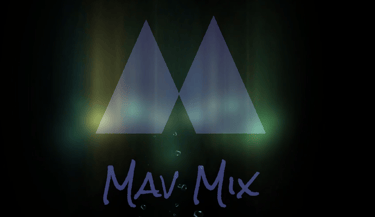Revolutionizing Art and Ecology: The AI-Powered Vision of Refik Anadol
Blending Nature and AI: How Refik Anadol’s DATALAND is Redefining Art
WHAT TO WATCH
3/31/20255 min read
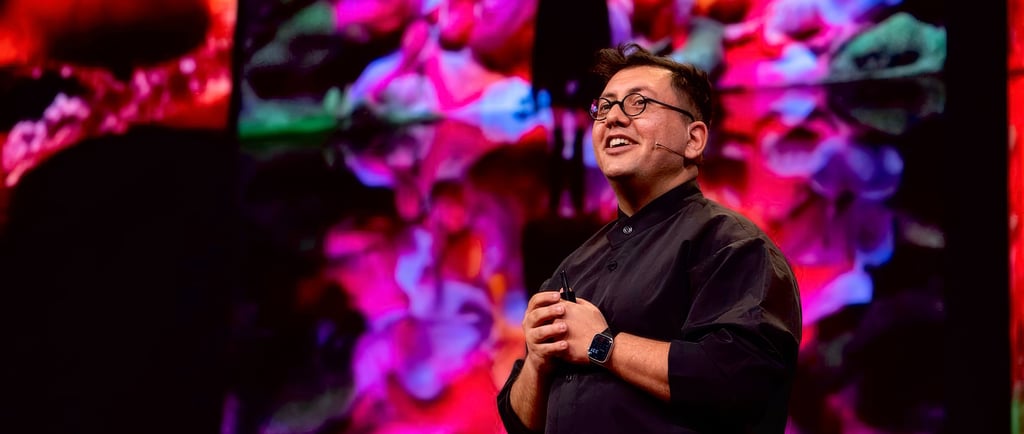

DATALAND will bring together trailblazers from diverse disciplines, including the arts, science, AI research, and advanced technology, under the artistic leadership of Refik Anadol Studio. Set to open in 2025 at The Grand LA—a stunning development designed by Frank Gehry in Downtown Los Angeles—DATALAND will join the ranks of the city’s most prestigious visual and performing arts institutions. This groundbreaking initiative aims to redefine the intersection of artificial intelligence and artistic expression, creating an immersive space where data visualization and AI-driven creativity converge.
A Vision of Nature Through AI
The installation, titled Living Archive: Nature (2024), represented the initial experimental outputs of what Anadol calls the Large Nature Model. Drawing from extensive datasets, including contributions from institutions such as National Geographic, the Smithsonian Institute, CornellLab, the Natural History Museum in London, and the Conservation Research Foundation Museum, this AI model generates breathtaking visual interpretations of the natural world. Additionally, Anadol’s team has personally gathered data from various ecosystems worldwide, including the Amazon rainforest, using LiDAR scanning, photogrammetry, ambisonic audio capture, and high-resolution imagery.
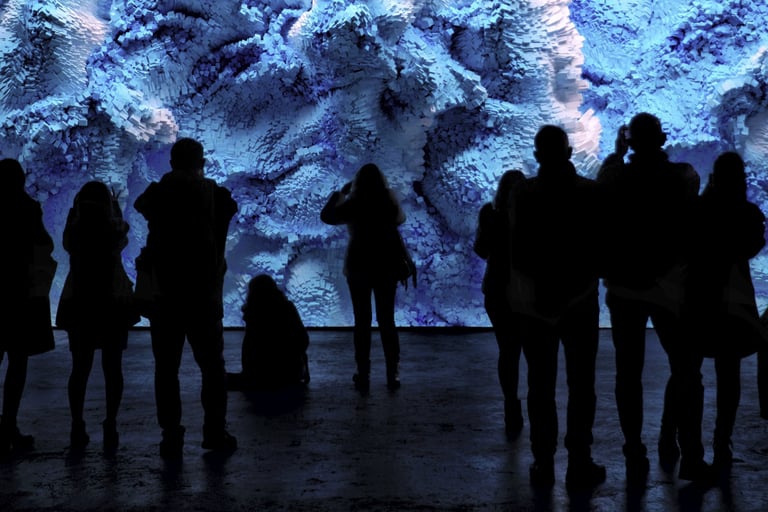

A Global Effort in AI Artistry
Developing the Large Nature Model was an ambitious undertaking, requiring the expertise of a diverse team of creatives and technologists from 10 different countries, collectively speaking at least 15 languages. Remarkably, the team completed this pioneering AI project in less than a year, demonstrating the efficiency and potential of collaborative innovation in the digital art sphere.
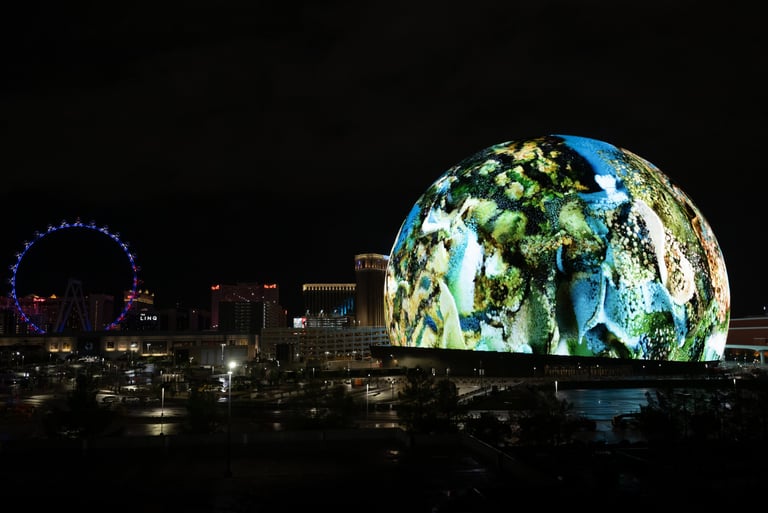

The Unique Edge of the Large Nature Model
Unlike other AI-driven biological models, such as AlphaFold for protein structures or HyenaDNA for genomic research, Anadol’s Large Nature Model is explicitly dedicated to environmental and ecological data. He emphasized in a recent interview that, despite extensive research, his team found no existing AI models solely devoted to interpreting and generating representations of nature in this way.
Harnessing AI for Artistic and Environmental Impact
The Large Nature Model is controlled through a custom-built software interface, allowing Anadol to manipulate and refine its output in real-time via a tablet. This hands-on approach to AI-driven creativity opens new possibilities for interactive art experiences and real-world applications in environmental awareness and education.
By making this AI model open-source, Anadol invites researchers, artists, and technologists to contribute, adapt, and expand upon its capabilities. His initiative signals a new era where artificial intelligence not only documents but also creatively reimagines the beauty of the natural world.
A Scientific and Artistic Collaboration
Anadol’s work seamlessly integrates science and art, actively involving researchers in the process. He expressed enthusiasm about collaborating with scientists, noting that his team is now directly partnering with them to generate AI-powered visualizations. The results range from stunningly realistic landscapes to imaginative, surreal environments that rival Hollywood’s most impressive visual effects. One demonstration showcased a fusion of the Amazon rainforest with a temperate forest, illustrating the model’s experimental learning process.
Real-Time Data and Sensory Experience
The Living Archive: Nature installation incorporates real-time environmental data, including weather conditions and ecological changes from forests worldwide. One notable feature of the model is its ability to process and integrate a quarter of a million birdsongs from the Amazon, sourced from the CornellLab dataset. Visitors can not only see the generated landscapes but also hear and interact with the immersive soundscape.
Further enhancing the sensory experience, Anadol partnered with perfumers Eric Saracchi and Alberto Morillas to develop 12 custom scents that complement the visuals. These scents, delivered via a wearable device, change dynamically to reflect the digital environment, allowing viewers to experience shifts in atmospheric conditions such as the smell of a rainforest before and after rainfall.
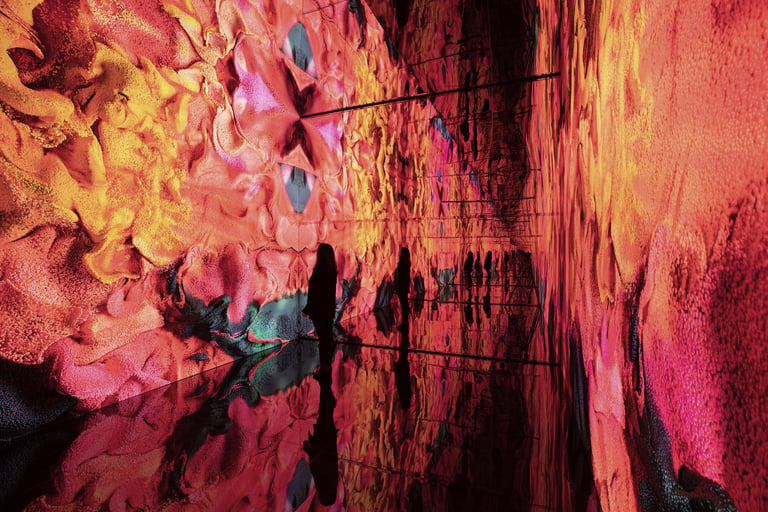

Sustainability and Ethical AI Development
Anadol recognizes the environmental impact of AI models, which require significant computational resources. To mitigate this, his studio has partnered with Google and Nvidia to ensure the Large Nature Model operates sustainably. By monitoring energy usage and relying on renewable energy sources, the project aligns with eco-conscious principles.
“We don’t want to damage nature while making a nature model,” Anadol emphasized. His team worked closely with Google engineers to measure the environmental footprint of training the AI, ensuring that their approach remains as sustainable as possible.
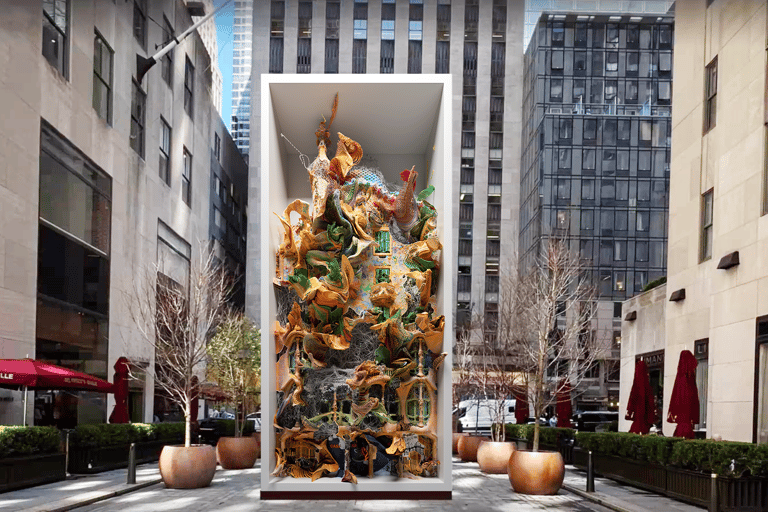

NFTs and Indigenous Collaboration
Anadol also highlighted his NFT collection, Winds of Yawanawa (2023), which comprises 1,000 unique data-driven artworks incorporating weather data from the Amazon rainforest. These pieces integrate wind patterns, gusts, and temperatures with artwork created by young Yawanawa artists, emphasizing the connection between AI, indigenous knowledge, and environmental awareness.
During his time with the Yawanawa tribe, Anadol was honored with the name Txanakene, a bird known for mimicking other bird calls. The tribe found a deep connection between AI’s ability to process information and nature’s innate intelligence, marking a significant cultural and technological exchange.
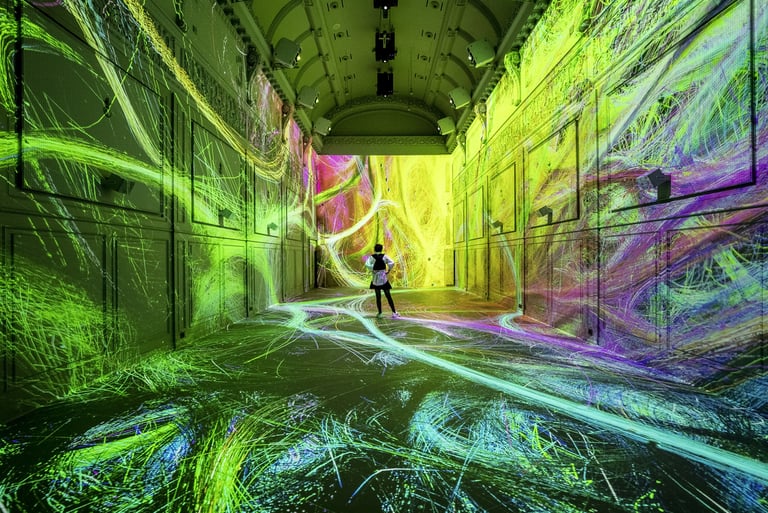

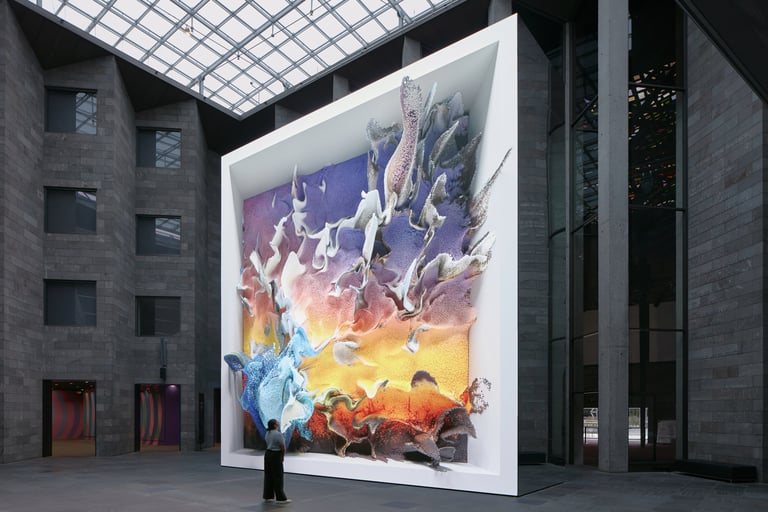

DATALAND: A New Hub for AI and Art
The Large Nature Model was specifically developed for DATALAND, an upcoming museum and Web3 platform envisioned by Refik Anadol Studio, dedicated to data visualization and AI-driven art. Anadol hinted that the physical location of DATALAND will be officially announced in March, marking a significant milestone in the fusion of art, technology, and open-source research.
Renowned media artist Refik Anadol has once again pushed the boundaries of artificial intelligence and art with the launch of the world’s first open-source generative AI model focused exclusively on nature. The unveiling took place at the prestigious World Economic Forum in Davos, Switzerland, showcasing Anadol’s commitment to blending technology and the natural world in groundbreaking ways.
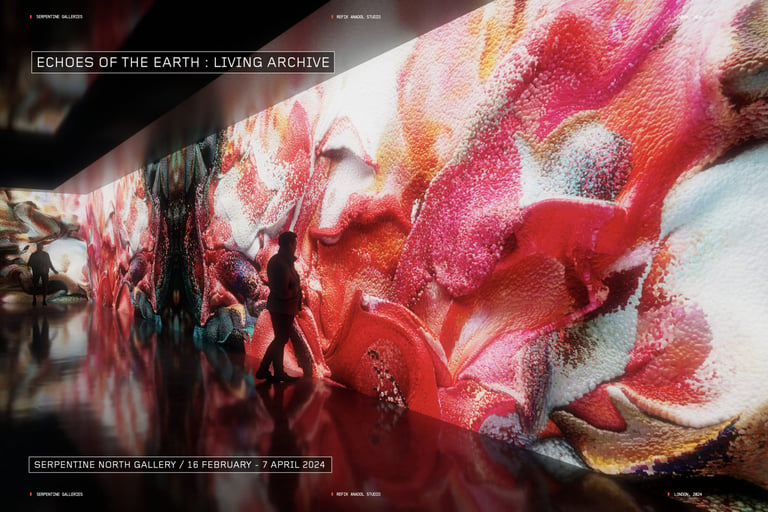

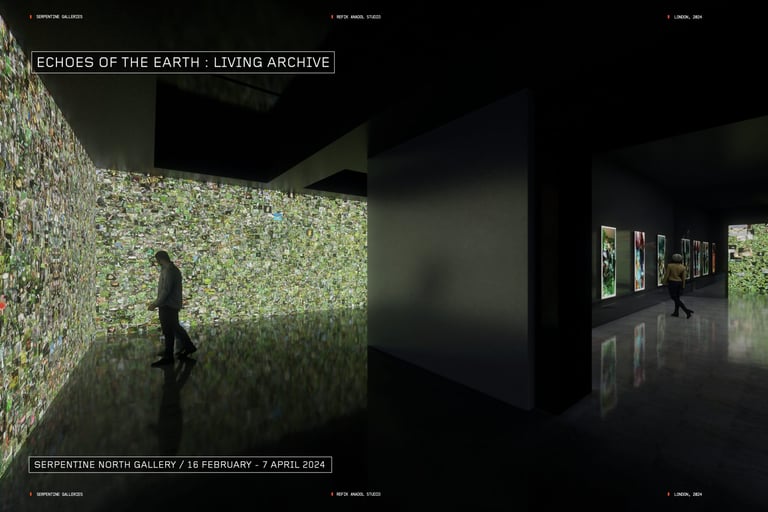

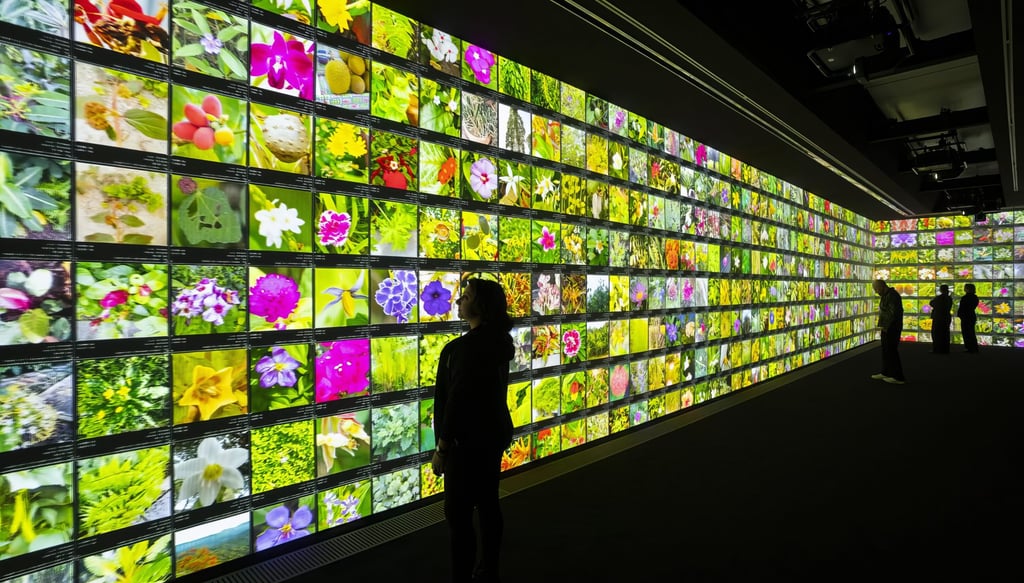

Current Projects (2025)
Large Nature Model: Coral – Paris AI Action Summit, Grand Palais, Paris, France
Winds of Yawanawa: AI Data Sculpture – Yawanawa Sacred Village, Acre, Brazil
Glacier Dreams: AI Data Sculpture – Kunsthaus Zürich Museum, Zürich, Switzerland
Opening Ceremony of WEF 2025: AI Data Sculpture – World Economic Forum, Davos, Switzerland
Refik Anadol’s latest work stands at the forefront of AI-driven art, demonstrating how technology can deepen our connection with nature rather than alienate us from it. As the world grapples with pressing ecological challenges, projects like Living Archive: Nature (2024) offer a glimpse into how artificial intelligence can be a powerful tool for both artistic expression and environmental advocacy.
For those passionate about the fusion of AI, art, and nature, Anadol’s latest innovation serves as an inspiring example of how technology can enhance our appreciation and understanding of the world around us.
FOR MORE INFORMATION: https://refikanadol.com/
To watch (breathtaking) videos of Echoes of the Living Earth
https://refikanadol.com/works/echoes-of-the-earth-living-archive/



